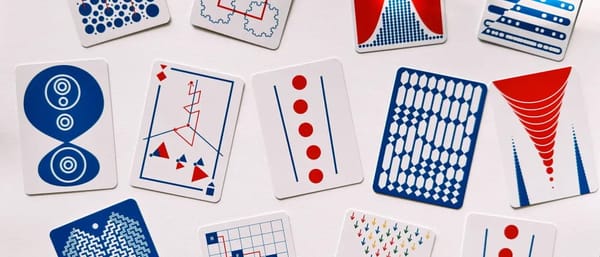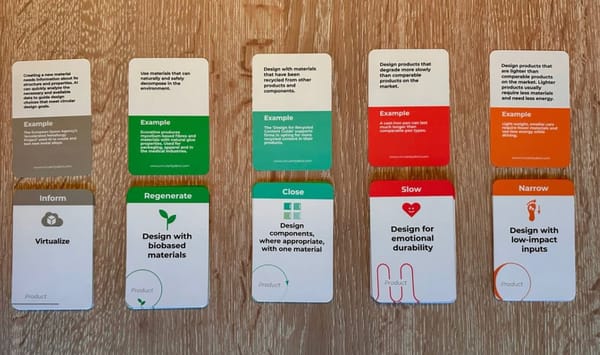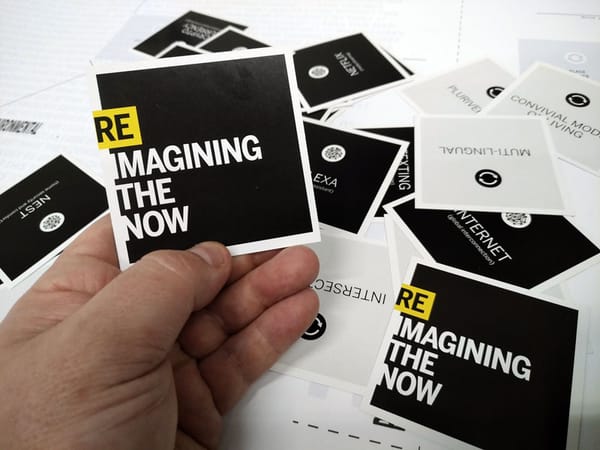№ 66 | Diary of a CEO Conversation Cards, CreaTures Framework, ‘Journey’, Sci-Fi Frames, and The Spinning Top Framework
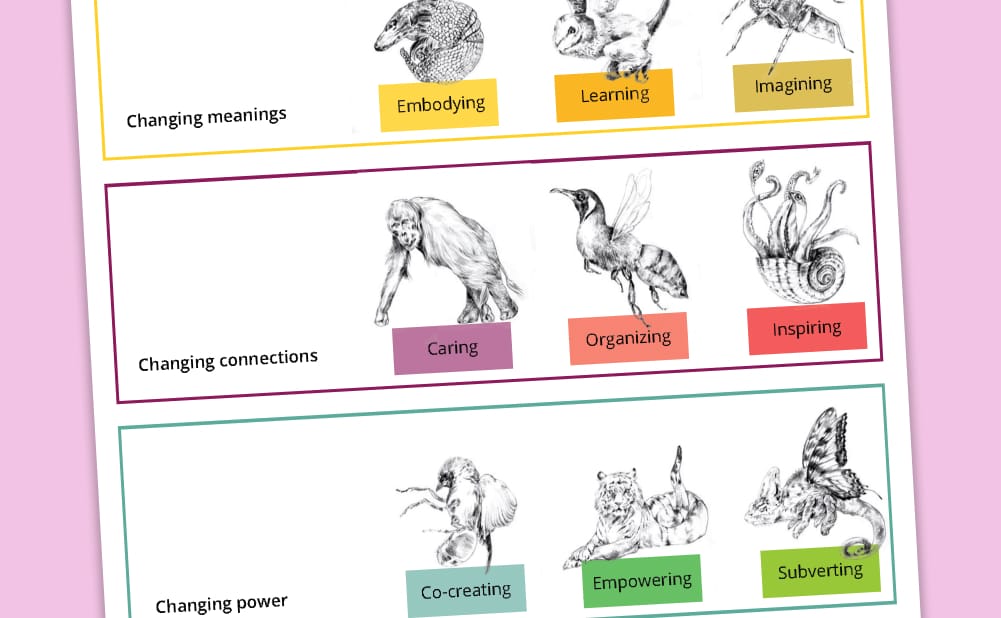
Diary of a CEO Conversation Cards
So… another deck of conversation starters. What’s the twist that makes this card deck interesting?

The questions in Diary of a CEO Conversation Cards were born out of The Diary of a CEO podcast, where host Steven Bartlett has “each guest answer a question the previous guest has written for them completely anonymously.” Rinse and repeat. What you get then is a collection of questions, each originating with a different guest. To reinforce this concept, the questions themselves are in that guest’s handwriting:

But wait, there’s more! On the back of each card, you can scan a QR code that takes you to the episode where that question is asked and answered. That’s… some brilliant integrated marketing.
CreaTures Framework
This is one to spend some time with (and one I’ll need to spend more time with!). The CreaTures project (Creative Practices for Transformational Futures) set out to answer is this question:
How do we understand the link between creative practices and transformative change toward better futures?
There’s a lot to take in on the CreaTures Framework web site, but what caught my eye was this visual summary of their 9 dimensions of creative transformation:
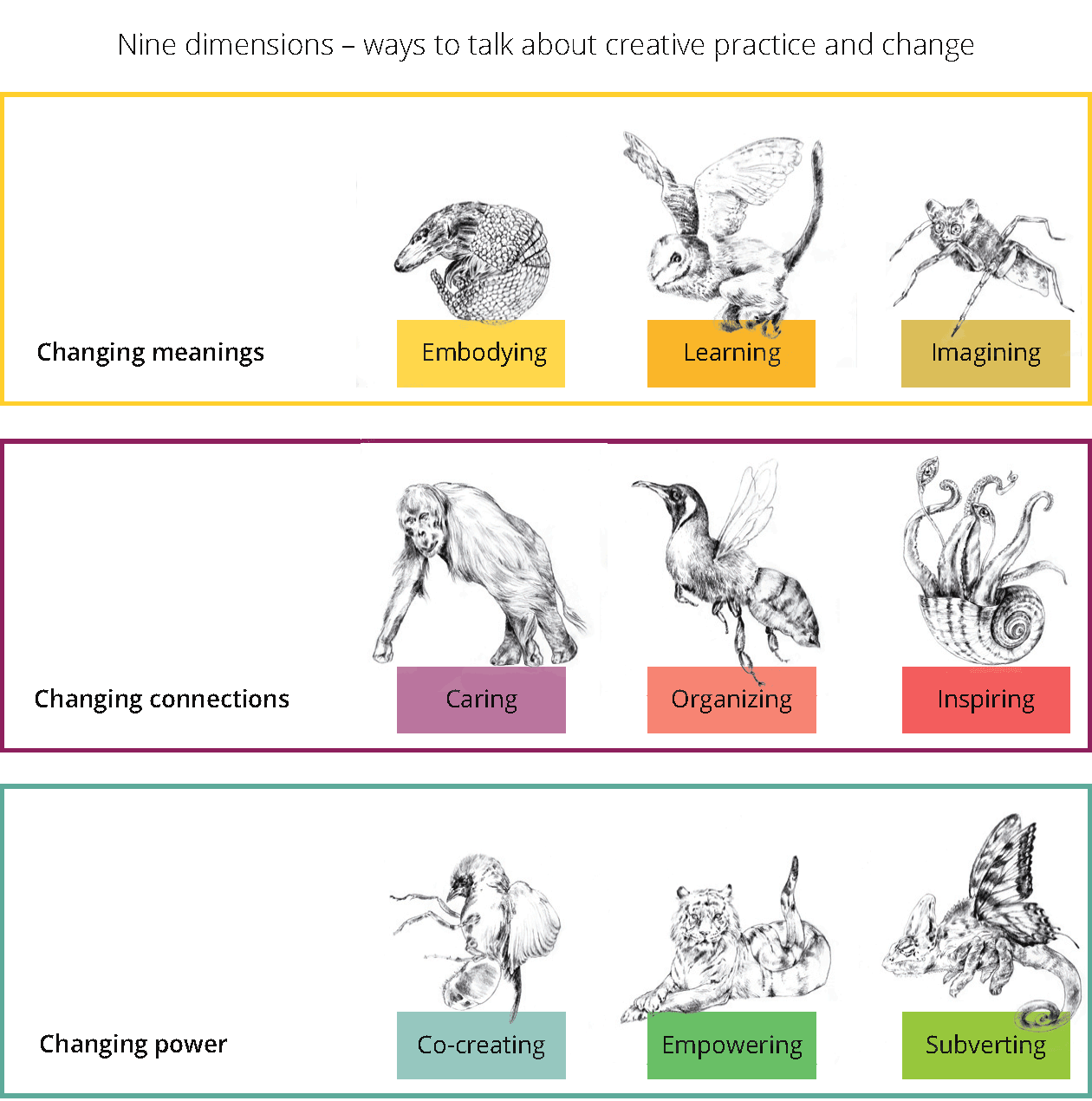
Per the research paper on this topic, “each dimension provides a different way of looking at a creative practice”—for which they offer a broad and inclusive definition—“and how it seeks to engage with [societal] change.”
Me being me, I could see this being expanded into a card-based toolkit, where each of the 9 dimensions becomes a different suit, with accompanying examples, challenges, and so on. Packaged this way, this could become a highly accessible way to heighten the awareness of “the transformative potential of creative practices.”
“Journey”
Choice words are powerful things to think with.
Loaded words, however… Ugh. These can lead to fundamental misunderstandings (define “the customer” please) or, as a Jochem van der Veer points out, a “million micro misalignments every year.”
This time, it’s the word Journey.
Want to do a simple, but powerful exercise?
Map out all definitions of journeys people have.
In most organizations this results in an eye-opening overview…
Read the LinkedIn post. Accept the challenge. But, the formative results shown below already paint a good picture of the various ways different groups might think of a ‘journey.’

Sci-Fi Frames
This is an odd thing to think with, but hear me out: Analogies and metaphors are powerful framing and re-framing devices. So too is invoking a familiar—emphasis on familiar—fictional world, and all the concepts associated with that imaginary place. With that as the setup…
Star Trek or Hitchhiker’s Guide to the Galaxy?
Here’s a proposition I haven’t been able to shake: “Tech has graduated from the Star Trek era to the Douglas Adams age.”
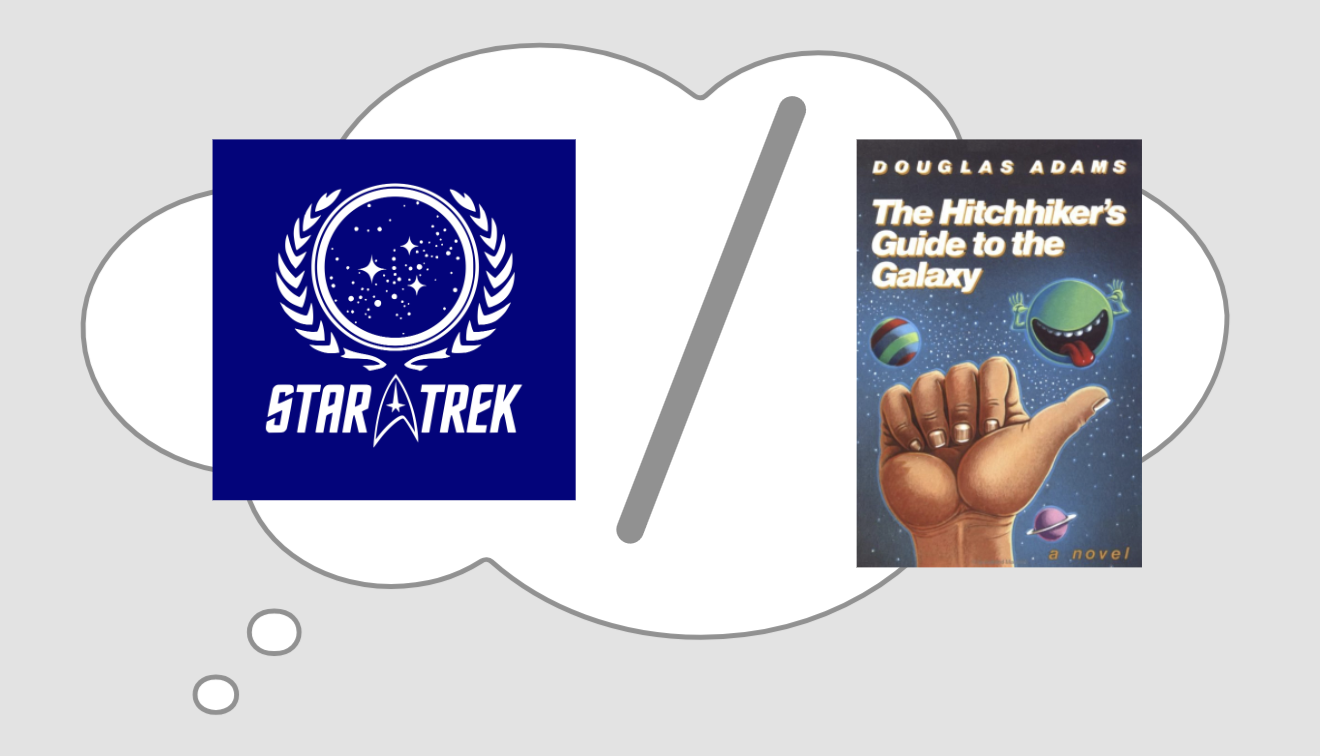
Hmm.
I recently re-read The Hitchhiker’s Guide to the Galaxy, and couldn’t help but notice (as an adult) Douglas Adam’s lambasting of absurd (but functioning, mostly?) bureaucratic systems. I have similar feelings about the tech industry right now—with many of my frustrations being summed up by Cory Doctorow’s single, choice word: “enshittification.” Thinking of tech through the frame of Adam’s satire (vs the unconscious Star Trek frame), resonates with my recent experiences. So, there’s that.
Lord of the Rings or Dune?
Coincidentally, I also came across this post on “Why Tolkien Hated Dune.” Clickbait title aside, this clarified for me a fundamental distinction between these two narratives:
The central argument between the two authors is the moral one… Tolkien encourages everyone to follow a single template of goodness; Herbert encourages cynicism and doubt of the institutions that produce templates, and shows the anguish experienced by Paul when he is forced into a template to survive. If one had to summarize these different perspectives in one sentence, Tolkien argues “Strive for goodness, and people will come to call it great”, whereas Herbert argues “strive for greatness, and people will come to call it good”.
This resonates with me, sort of. What I love about Dune is how complex everything is, with no easy answers. What frustrates me about Dune is how there isn’t necessarily a hopeful thing—something outside of the system—to embody and strive for. 🤔
Speaking of metaphors…
The Spinning Top Framework
Here’s a “metaphoric framework” (I like that label!) you can use to “design for emergent learning.”

When you design for “emergent learning” start by defining learning as an interplay of four ingredients, like a melody made of four notes or a painting made with four basic colors. In this case, we will call the four ingredients “cardinal points of emergent learning”:
The Arena is where the action happens - where we face something new or challenging that drives our learning.
The Fireplace is where we go to reflect by ourselves or with others on what we face in the Arena. Here we make sense of our reality and gain insights to improve our learning process.
The Roots is the space which we draw our growth and development energy from. We have roots both within ourselves and in our environment.
The Tower is where we set our intentions, our learning objectives, and where we go back when we need to gain clarity & an overview of our learning process.
Check out the rest of the post here: “Learning like a spinning top.”
***RANDOM BONUS: “Sans Bullsh*t Sans”
Here’s a fun little tool that hacks ligatures (special characters in a font that combine two—or more—troublesome characters into one) to replace common BS words. Try running your next business document through this… or not! 🤪/😬



